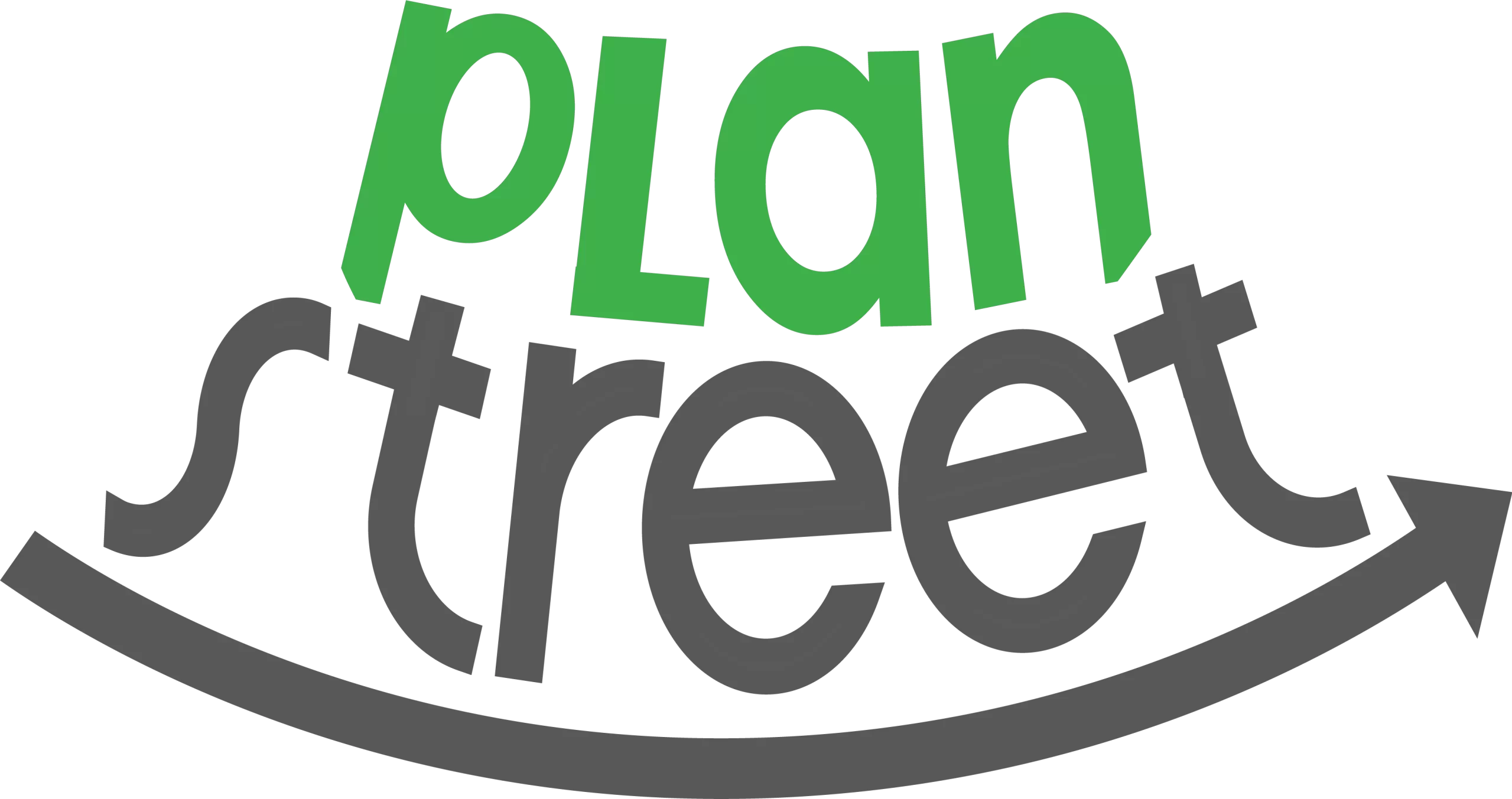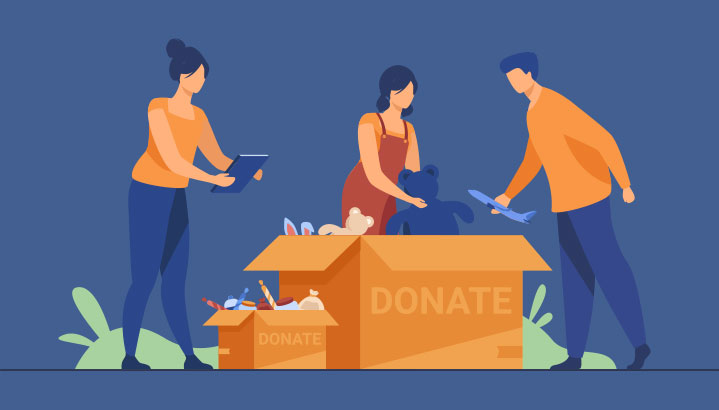Homelessness is an often overlooked plague on our society.
Society most often associates homelessness with individuals living on the street.
The Department for Housing and Urban Development (HUD) estimated in 2018 that on any given night, there are over 500,000 people experiencing homelessness. This is a huge number of people who are in need of help. An entire system of non-profits, non-governmental agencies (NGOs), and state and federal government organizations is dedicated to tracking and assisting these populations. This is referred to as homeless management.
While this is a significant and very vulnerable portion of the homeless population in the United States, any discussion about homelessness should consider a higher level definition. The definition of homelessness also expands to individuals who are living in housing that is below the minimum standards for safety and security or are in a living situation that lacks necessary tenure.
Why Are People Homeless?
There has been a rise in homelessness over the past two decades. This is typically attributed to a lack of affordable rental housing and an increase in poverty.

These two factors working in concert with one another create a perfect storm for low-income and vulnerable populations. Homelessness isn’t always obvious to the casual onlooker. There are many factors involved that can lead to various types and degrees of homelessness. Because the factors involved in each of these definitions of homelessness are different, they require different approaches and nuanced solutions. It is important to break these down and understand them and how each population is affected.
There are four types of homelessness that are seen most often:
Chronic
This definition accounts for approximately 24% of the homeless population. A chronically homeless individual will have been continuously homeless for at least a year or experience a minimum of four homeless episodes in the last three years. This population of homeless individuals is typically older and has advanced medical or mental health issues.Episodic
Individuals who have experienced three periods of homelessness in the previous year are considered to have experienced episodic homelessness. This category is typically populated by younger individuals who struggle with substance abuse or medical issues.Transitional
Catastrophic events or significant life changes can force individuals into periods of transitional homelessness. This is the most common type of homelessness and is frequently associated with a younger population. These young individuals may often spend brief periods in temporary housing such as homeless shelters.Hidden
The fourth type of homelessness is difficult to track. These are individuals who lack a secure, reliable place to stay and may be living with friends or family on a temporary basis without any assurance they will be able to stay there long term. These situations are difficult to track officially because hidden homeless populations often don’t report their status to government organizations for assistance.
While these are the four main categories that homelessness falls into, it is important to note that individuals can move through these various stages and that the effects of one may very lead to another. For instance, someone may start out experiencing transitional homeless and, after attempts to get back on their feet, may fall into serious chronic homelessness.
What Causes
Homelessness?

There isn’t any singular root cause that thrusts an individual into homelessness.
A combination of factors are often at play and many of them are inextricably connected.
It is a complex problem that requires a critical look and creative solutions
Four factors that are most often associated with homelessness are:

Poverty
The primary cause leading to homelessness is poverty. Those who are impoverished are forced to make tough financial decisions regarding health care, food, housing, childcare, and countless other expenses that come just with surviving and protecting one’s family. Typically, housing is the largest expense in an individual’s budget and, when the times comes to cover expenses for an unplanned medical emergency, it is where the largest chunk of money can be sacrificed. With a large portion of the population living paycheck to paycheck, the decision to pay for housing when a crisis occurs is a very real prospect for many in society.

Decreasing access to work opportunities
The availability of work, or lack thereof, leads directly into the issue of poverty. Sustainable work opportunities refer not only to a source of regular income, but also many of the benefits associated with a steady job. For instance, a job that provides health-insurance is much more likely to help lower income individuals work through what would otherwise be financially catastrophic health emergencies. In addition, low wage workers’ compensation has been stagnant for decades making it harder and harder for these workers to keep pace with the rate of inflation.

Limited public
assistance
With more and more individuals seeking help, the fabric of public assistance programs become more and more stressed. Social programs that help low-income homeless citizens are typically lower in priority in budgeting and are often sacrificed for the sake of other projects. This forces the administrators of the programs to do more with less - an unenviable task to be sure.

Lack of affordable
housing
For many years now, the trend in urban development is to revitalize lower income neighborhoods. While this presents an often shinier and more attractive architectural side to the community, it comes with increased housing costs that are not affordable by the population that lives there. For impoverished individuals who are already struggling, the increased rent can have a dramatic effect on the overall financial well being.
What is a Homeless Management
Information System?
Non-profits, NGOs, and government agencies working to solve the problem of homelessness need the right tools to accomplish this daunting task.
One of those tools is Homeless Management Information System (HMIS). This software is used to collect and organize the confidential information of local homeless populations. The information that is collected includes general demographic information such as age, gender, ethnicity, race, veteran status, and family or home composition.
Homeless Management Information Systems were developed as a result of a congressional mandate.
The mandate’s purpose was to ensure that any organization receiving funds from the Department of Housing and Urban Development would aggregate specific information that would facilitate understanding of the current issues and their solutions regarding the issue of homelessness. With this information organized and formatted in an easy accessible electronic format, data can be shared with federal and state agencies to obtain funds and support locally.
Why is HMIS Important?
Collaboration is really the key reason that HMIS is so important in the effort to combat homelessness. The data that is shared between organizations - as well as up and down the hierarchy of state and federal funding agencies - is critical to getting resources where they belong.
A set of federal guidelines outlined by the Department of Housing and Urban Development ensure that the same baseline of information is gathered and maintained by these systems. Organizations collecting the information can now share apples to apples data sets and government agencies can assess needs on a level playing field.
Four essential specifications for HMIS as laid out by HUD are:
Project Descriptor Elements
These are intended to identify the organization and project that a specific client file is associated within the HMIS.
Universal Data Elements
Any project that is utilizing Federal funds or is contributing data to one or more Federal partners is required to collect the universal data elements.
Program-Specific Data Elements
These elements include information about the characteristics of clients, the various types of services provided, and the outcome of the project.
Adherence to professional and regulatory practices
The household and person ID along with project dates and enrollment information should be collected and shared with HUD.
HMIS capitalizes on the uniqueness of a community by being flexible enough to capture regionally specific information with the ability to tailor the system to suit those specific needs.
What Is a Continuum of Care?
Local efforts to combat homelessness are conducted by Continuums of Care (CoC). These locally focused planning bodies coordinate housing funding and assistance and exist in all 50 states. HUD defines a CoC as “a community plan to organize and deliver housing and services to meet the specie needs of people who are homeless as they move to stable housing and maximize self-sufficiency. It includes action steps to end homelessness and prevent a return to homelessness.”
The four required aspects of a Continuum of Care are:
Outreach to identify individuals who are in need
Emergency shelters for immediate and safe alternatives to dangerous conditions such as sleeping in the streets
Transitional housing with support services
Permanent affordable housing
CoCs are tasked with tracking and maintaining data on the local homeless population. This data, which includes regular counts of the homeless population and services they’ve used, help to paint an accurate picture of the state of homelessness in a CoC so that funding and resources can be accurately allocated.

What is the Purpose of HUD?
The Department of Housing and Urban Development was made into a Cabinet department as part of President Lyndon Johnson’s “Great Society” program in 1965. It works to develop policies related to housing in the United States.
HUD cites its mission as “the Federal agency responsible for national policy and programs that address America’s housing needs , that improve and develop the Nation’s communities, and enforce fair housing laws. HUD's business is helping create a decent home and suitable living environment for all Americans, and it has given America's communities a strong national voice at the Cabinet level. HUD plays a major role in supporting homeownership by underwriting homeownership for lower- and moderate-income families through its mortgage insurance programs.”
Some of the major programs that HUD is responsible for are:
- Community Development Block Grants
- Federal Housing Administration
- Office of Fair Housing and Equal Opportunity
- Policy Development and Research
- Government National Mortgage Association
- Fannie Mae and Freddie Mac
- Housing Choice Voucher Program
- Fair housing public education and enforcement
- Public or subsidized housing for low income individuals and families
The Community Development Block Program is one of the better known and most impactful programs that HUD administers. Fund distribution is determined by state and local authorities but the funds administered must be used for one of three broad goals:
Aid low and moderate income persons
Prevent or eliminate slum or blight conditions
Meet an urgent need that threatens health or safety
Role of Nonprofit Organizations for Homeless People
Local and national non-profit organizations play a significant role in the battle against homelessness.
These organizations are able to obtain funding from private donors as well as mobilize armies of volunteers. Countless organizations work each day to help individuals transition into permanent, secure housing, become self-sufficient, provide relief from natural disasters, delivering care items to those in the streets, provide shelter for abuse victims, and advocate for human trafficking victims.
Role of Technology in Homeless Assistance Programs
Over the past several decades, the effort to combat homelessness has become a multi-layered system that involves local, on-the-ground continuums of care, non-profit organization, and government agencies.
Technology has allowed for these three levels of support to interact and share data almost seamlessly.
Rather than working with burdensome physical copies of paperwork and maintaining client data in an outdated filing cabinet system, technology has given rise to efficient and accessible software that makes the gathering and organization of data almost effortless.
Case management software allows for the trained professionals working in homeless management to economize their work giving them back the time they need to spend with their clients.
Effective Homeless Case Management Software
An effective homeless case management software will work to make the lives of those working in traditional home services, emergency shelters, rapid rehousing programs, and permanent supportive housing programs easier.
By automating previously manual, laborious tasks, case management software reduces the risk of errors and saves much needed time.
PlanStreet offers a case management system that is robust enough to take on the needs of any CoC. In fact, one of the hallmarks of PlanStreet is its flexibility. Each CoC is unique and has a certain set of individual requirements that are important to it. PlanStreet offers customizable dashboards and reports that give you the control and the information you need when you need it.
Homelessness is a pervasive and complex problem. While this problem is ever-present, there are a variety of organizations dedicated to working the problem. NGOs, government agencies, and non-profits all around the nation are focus on making the lives of the homeless population better.

Learn how PlanStreet’s HMIS case management software will help you and your team(s) become more productive
We know that PlanStreet’s case management software will help groups or individuals within your organization to reach their goals.

